For fans who like tradition in their Formula 1 calendar, you can't do better than the season starting with the Australian Grand Prix, as it will do so in 2025.
It will be the first time since 2019 that grand prix racing has kicked off down under, and in the 75th anniversary season to boot as Bahrain shuffles back due to Ramadan in March.
This presented F1 with the choice of either starting the season in February or moving the trip to Sakhir back - and even better for those history buffs, it is round 4 this time, with China and Japan the filling in the sandwich.
The British Grand Prix is on July 6th at Silverstone - the 12th round of 24 on the schedule with the trip to Hungary the final one before the summer break.
It all ends, as is custom these days, in Abu Dhabi on December 7th.
With the early release of the calendar, RacingNews365 has picked out four key takeaways from it.
Viewed by others:
Regionalisation is alive and kicking
One of the biggest criticisms of the F1 calendar in recent times has been the seemingly random placement of races, and needlessly criss-crossing the globe for the sake of it.
But a key goal of F1 chief Stefano Domenicali has been to try and regionalise the calendar - which this new calendar is prime evidence of, with the moving forward of the Japanese GP remaining.
It starts with the flyaways in Asia/Australia, via a quick stop in the middle-east and hop to Miami before the European season takes central stage through the summer.
The autumn has a run of four races in the Americas in a little over a month, before the final flourish in Qatar and Abu Dhabi.
Not only should this help reduce freight and logistical costs for the teams, it is also a fine way to hammer home that F1 is in the region for nearly a month at a time in both Asia and the Americas at either end of the season.
Every beginning must have an end
The season starts in Australia on March 16th, and round five is in Saudi Arabia on April 20th.
That is five grands prix in the space of 35 days, following on from pre-season testing in late February as well.
It promises to be a hectic start to the year, with a triple-header across the Japan, Bahrain and Saudi Arabia races in April.
That is mirrored towards the end of the year with the Las Vegas-Qatar-Abu Dhabi triple-header rounding out the season for the second straight year.
It is an extreme way to both start and end the season, but given changes elsewhere, it is acceptable.
The Wimbledon break
July is usually prime F1 viewing time, but between the British GP on July 6th and the Belgian GP on July 27th, there is a three-week break.
Four races in July and the middle week off has happened before - look at 2016 - but it is still odd nonetheless, especially as the summer break comes not long after.
One potential reason could be that the Wimbledon Singles finals are scheduled for the weekend of July 12/13th - a staple of the British sporting calendar.
In 2019, the Silverstone race was on the same day as the classic Novak Djokovic-Roger Federer SW19 final - with the epic Cricket World Cup final also held in London that Sunday as England defeated New Zealand, by the barest of margins, at Lord's.
That scheduling from all involved drew criticism from Lewis Hamilton at the time.
"What I don’t understand is why the organisers put the race on the same day as all these other big events, like Wimbledon," Hamilton said.
"I really don’t understand it. This is such a special weekend and it needs all the focus of the country and not a small amount. I think people will be switching between channels on Sunday not sure what to watch."
Since then, the race has not clashed with the Wimbledon finals - and the unexpected mini-break is welcome after the hectic European schedule.
24 could be the limit
Considering the above point, there the weekend of July 20th for a race, which could very easily have been filled if F1 wanted and the teams and the FIA agreed.
That would have pushed F1 to 25 races, a mark previously seen as beyond the limit.
That indicates that 24, plus the six Sprints to be confirmed at a later date, is the cut-off point for grands prix.
This is a season that is now two-thirds the length of a NASCAR Cup season, not counting the exhibition Clash and All-Star races that push that schedule towards 40 events.
Don't miss out on any of the Formula 1 action thanks to this handy 2026 F1 calendar that can be easily loaded into your smartphone or PC.
Download the calenderMost read
In this article

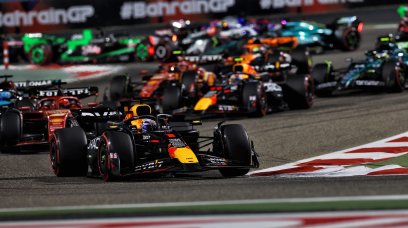
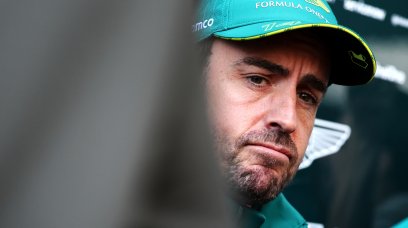

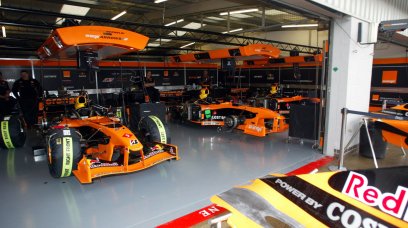
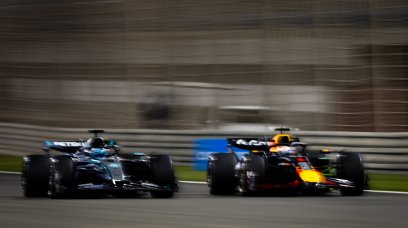

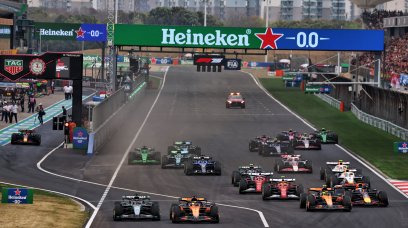


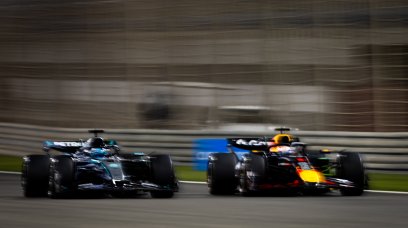


Join the conversation!